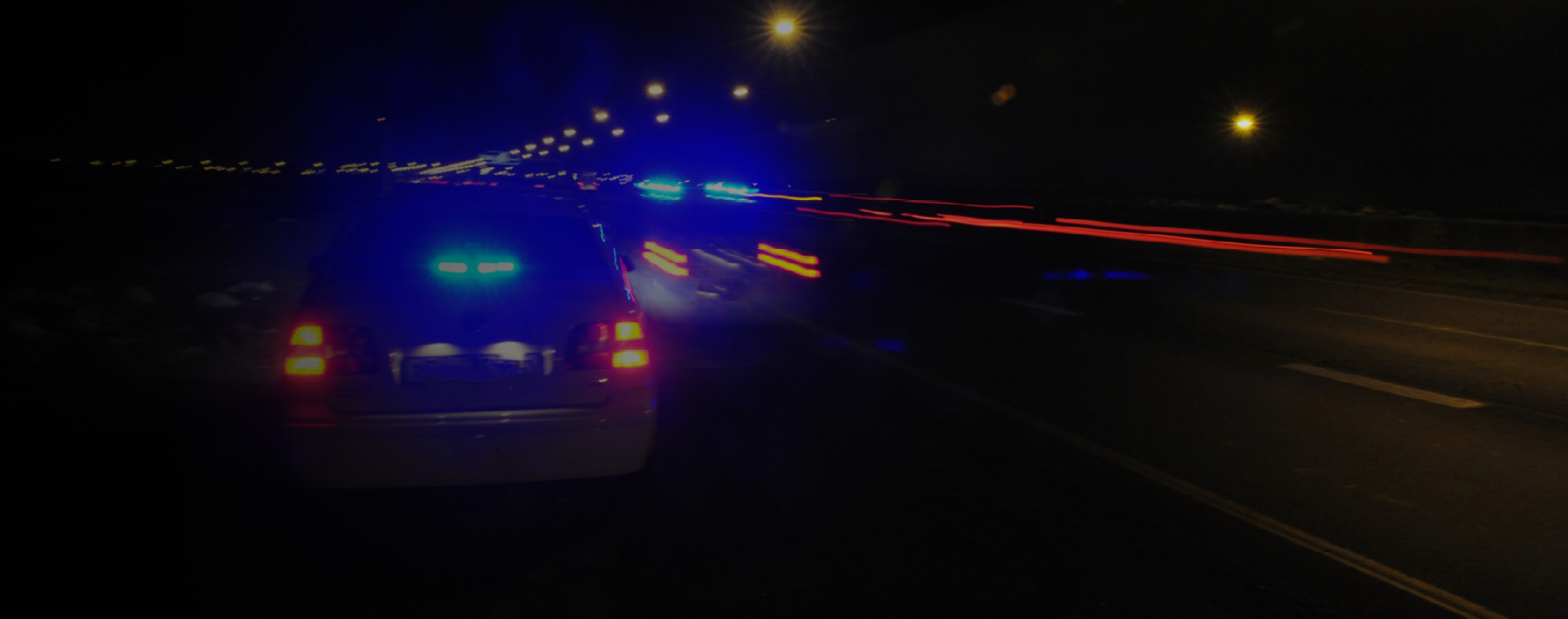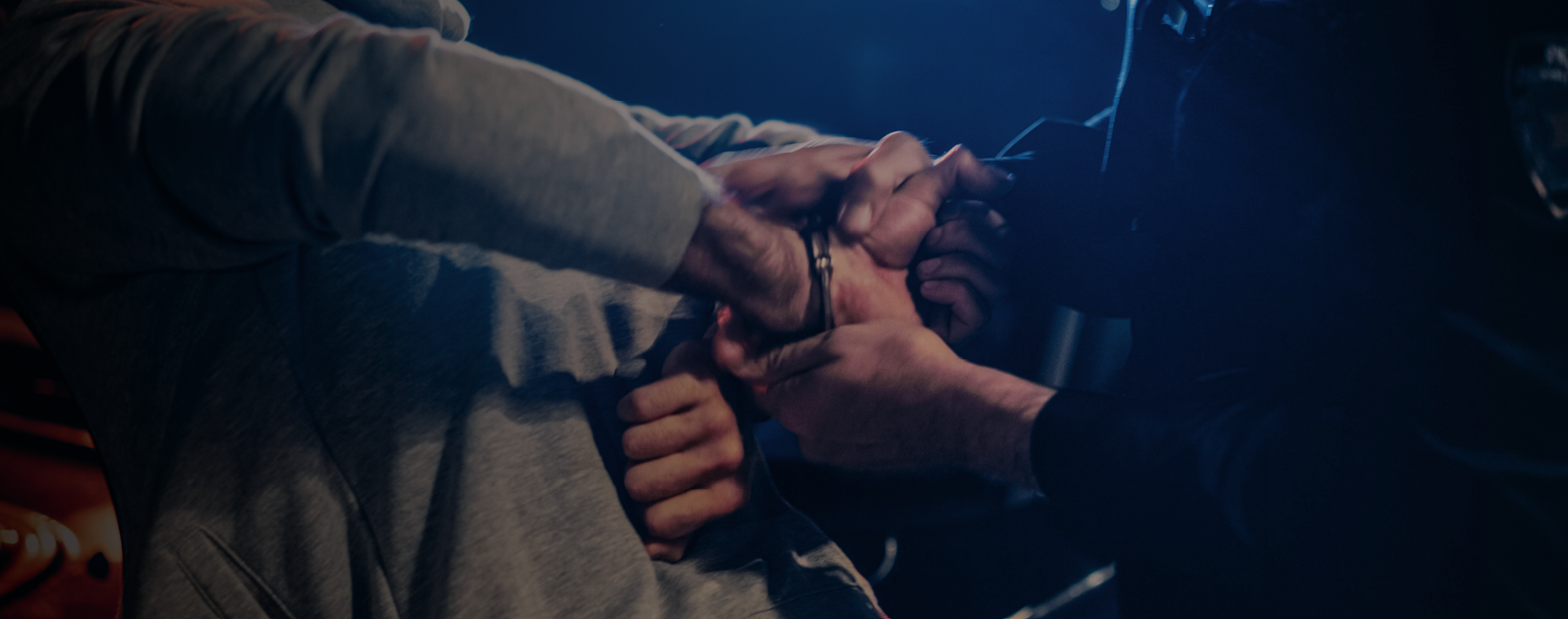United States v. Mayo, 2024 WL 1320134 (8th Cir. 2024)
Warning: this is not a case of a really smart criminal. Someone left a Nissan sedan in the parking lot where officers were securing the area for the imminent arrival of a hip-hop artist. Looking in, the officers saw a clear plastic bag that appeared to contain ecstasy, plus a digital scale and the car keys on the center console. The passenger door was slightly ajar, a fanny pack obstructing the door preventing it from closing. The officers called for a tow truck. When an officer moved the fanny pack so the door could be closed, he felt what he instantly recognized as a gun. The fanny pack was placed in the car and it was towed to the police department. Two men subsequently asked officers about the vehicle’s location. The officers told them the Nissan had been towed.
Officers obtained a search warrant for the car. They found marijuana, ecstasy pills, a digital scale, and two stolen guns. Officers identified a fingerprint on a magazine as belonging to Darron Mayo. They located video surveillance showing Mayo walking away from the Nissan on the night of the concert.
“Probable cause … merely requires that the facts available to the officer would warrant a man of reasonable caution to believe certain items may be contraband or stolen property or useful as evidence of a crime; it does not demand any showing that such belief be correct or more likely true than false”
After the officers connected Mayo to an apartment address, they entered Mayo’s apartment building through a door open to the public and installed a camera disguised as a smoke detector in the hallway across from Mayo’s apartment door. The camera stored recordings on a memory card, and officers could not view the camera view in real time. On one occasion, the camera recorded Mayo selling marijuana.
Officers stopped Mayo for an equipment violation as he drove his Chevrolet Impala. Mayo gave the officers a false name. When officers saw marijuana in the center console, they detained Mayo in the back seat of a police car. A drug detector dog sniff indicated the presence of drugs. As he was alone in the back of the police car, Mayo made several phone calls. Mayo called someone and told them not to tell the police his real name. He called another person to ask, “When you get to the crib bro you got to get all that shit out of the crib man there is shit everywhere.” The calls were recorded by the police car camera system.
Officers obtained a search warrant for Mayo’s apartment. They found marijuana, cocaine, clonazolam, drug paraphernalia, a large amount of cash, a loaded nine-millimeter pistol and an iPhone. A search warrant for the iPhone revealed images of Mayo brandishing firearms, large amounts of cash, and marijuana. Mayo was charged with possession with intent to distribute and illegal possession of a firearm. A trial court denied his request to suppress the video from the hidden camera and the results of the search warrant. Mayo appealed.
The court sidestepped Mayo’s complaint about the hidden camera, holding there was adequate information supporting the search warrant without considering the video from the hidden camera. The court cited the drugs, paraphernalia and stolen guns found in the Nissan (with Mayo’s fingerprints on a handgun magazine), and surveillance video linking him to the Nissan. The court also noted Mayo gave a false name during the traffic stop, and drugs were found in the Impala. Moreover, Mayo made incriminating phone calls recorded by the dash camera (which was not hidden!). Finally, the officers connected Mayo to the apartment using utility accounts. The officers noted in the warrant application, “It is common for individuals involved in the distribution of narcotics to store their narcotics and proceeds from narcotics sales at their residence.” (Duh!)
Get the Xiphos law enforcement legal update delivered to your inbox: SUBSCRIBE NOW!
The court held the search warrant was supported by probable cause. “Probable cause is a flexible, common-sense standard. It merely requires that the facts available to the officer would warrant a man of reasonable caution to believe certain items may be contraband or stolen property or useful as evidence of a crime; it does not demand any showing that such belief be correct or more likely true than false” (Texas v. Brown, 460 U.S. 730, 1983). The facts recited in the affidavit indicated a fair probability that contraband or evidence of a crime would be found in Mayo’s apartment, even disregarding the hidden camera footage.
Courts make a firm distinction between fixed cameras and cameras worn on undercover officers or attached to confidential informants. A concealed or disguised camera worn by a confidential informant captures only the images the informant could personally perceive and report. Moreover, such a camera will only capture images within a home when the suspect invites the informant inside. In contrast, cameras that capture only that which is generally visible to the public are nearly always lawful, even when hidden from view (see the United States v. Hay case in this month’s issue). However, the camera in this case was in a semi-private area generally accessible only to the residents and visitors at the apartment building. Officers should be particularly cautious in relying on evidence obtained in this fashion. Consultation with a local prosecutor is advised.



